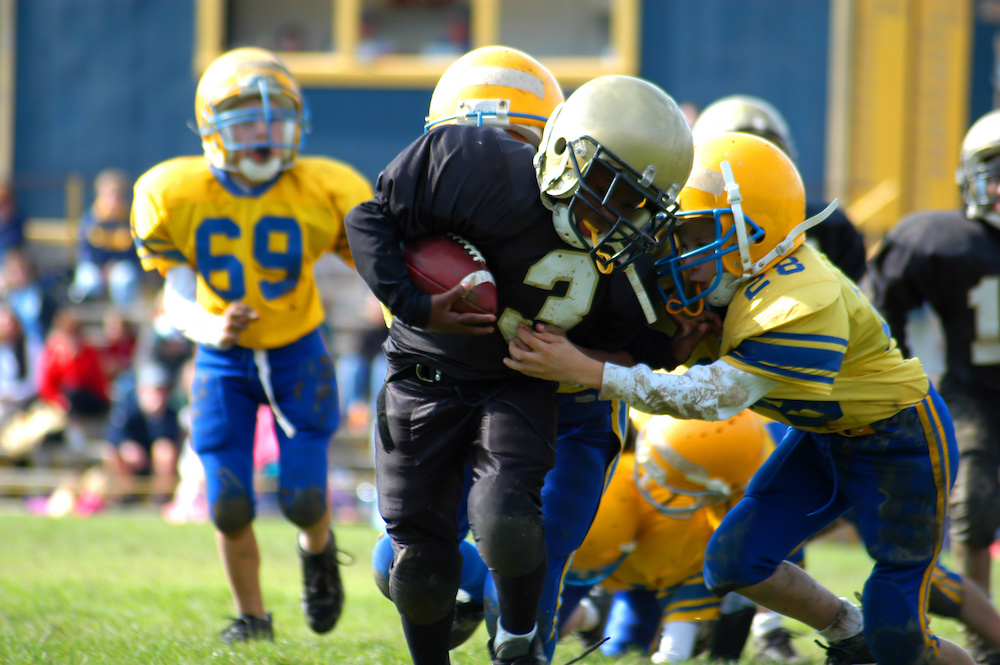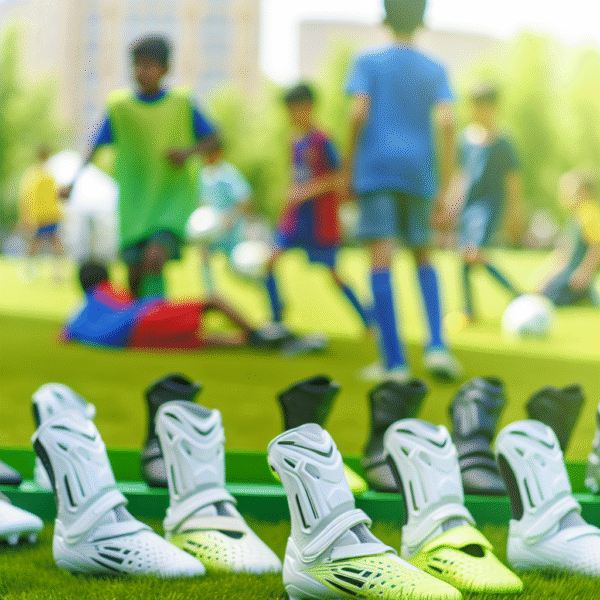Youth football continues to spark debate in homes, schools, and leagues across the country. With growing awareness of injuries like concussions and musculoskeletal damage, many parents find themselves asking: is youth football safe?
The short answer is—it can be. With the right training, equipment, supervision, and rule enforcement, youth football can offer a safe and rewarding experience for young athletes. But it takes a team effort from coaches, parents, leagues, and players to make safety more than just a buzzword.
In this guide, we’ll explore the key safety concerns in youth football and the proactive steps that can reduce injury risks and protect young players on and off the field.
Why Safety in Youth Football Matters
Football is a contact sport by nature. While bumps and bruises are part of the game, serious injuries like concussions, fractures, and overuse syndromes are preventable with the right approach.
The Most Common Youth Football Injuries:
-
Concussions
-
Ankle and knee sprains
-
Shoulder injuries
-
Overuse injuries (from repetitive drills or overtraining)
-
Heat-related illnesses
The good news? Most of these can be significantly reduced through smart planning, education, and enforcement of safety standards.
Coaching, Culture, and Safe Techniques
Coaching is the front line of injury prevention. Safe programs begin with well-trained, certified coaches who understand both the physical and developmental needs of young players.
Coaches Should:
-
Teach “Heads Up” tackling to avoid head-to-head contact
-
Run non-contact drills for younger age groups
-
Use age-appropriate, skill-building sessions
-
Promote a safety-first culture—not win-at-all-costs
A coach who prioritizes long-term development over short-term victory is the kind of leader every youth football program needs.
Equipment: Fit, Function, and Maintenance
Protective gear only works if it fits properly and is in good condition.
Checklist for Safer Gear:
-
Helmet: Must fit snugly with no side-to-side movement. Check for certification and reconditioning stickers.
-
Shoulder Pads: Should align with the shoulders and allow mobility.
-
Mouthguard: Mandatory for protecting teeth and reducing concussion risk.
-
Proper Footwear: Cleats must match the playing surface and offer ankle support.
Parents and coaches should inspect gear regularly and replace damaged or outdated equipment immediately.
Training for Injury Prevention
Too often, youth players are thrown into drills or games without proper physical preparation. Training must include injury prevention fundamentals.
Include in Every Practice:
-
Dynamic warmups and cooldowns
-
Neck and core strengthening exercises
-
Flexibility and mobility drills
-
Rest days and periodized training schedules
Overuse injuries are becoming increasingly common in youth sports. Conditioning should prepare players for the demands of the game—not push them to the brink of burnout.
Hydration and Nutrition
A well-fueled body performs better, recovers faster, and is less prone to injury.
Tips for Safe Play:
-
Hydrate before, during, and after all practices and games.
-
Avoid sugary or carbonated drinks—water and electrolyte-based beverages are best.
-
Teach players to recognize signs of heat exhaustion or dehydration.
Also, remind players that food is fuel. Balanced meals and healthy snacks can help with both energy and injury recovery.
Recognizing and Responding to Injuries
Fast, informed responses can prevent minor injuries from becoming major ones.
Coaches and Parents Should:
-
Know the signs of concussion, including confusion, balance issues, and sensitivity to light.
-
Stop play immediately if a head or joint injury is suspected.
-
Never allow players to “tough it out” or return before medical clearance.
-
Keep a fully stocked first-aid kit on hand and have an emergency action plan in place.
Prompt care and smart communication are key to making recovery smooth and effective.
Modifications That Are Making Football Safer
Across the U.S., leagues and organizations are adapting the game to improve safety.
Safety-First Innovations:
-
Pop Warner League Rules: Limits on full-contact practice and matching players by age and weight.
-
Modified Tackle Football: Smaller fields, smaller rosters, and limited contact.
-
Flag Football: No tackling or blocking; ideal for players under 13.
-
Heads Up Football Certification: A USA Football initiative that trains coaches in safe techniques and health protocols.
These changes aren’t just policies—they’re real steps toward a safer future for the sport.
So, Is Youth Football Safe?
The answer depends on the environment. With the right framework in place—qualified coaches, proper equipment, smart rules, and supportive parents—youth football can be a safe and empowering experience.
But safety doesn’t happen by accident. It’s a choice made every day by everyone involved.
Ready to Make Safety a Priority?
Creating a safe football experience means taking proactive steps in every part of the game. If you’re ready to go beyond safety basics and start improving player performance the right way, be sure to read our breakdown of How to Put Chin Straps on Youth Football Helmets to ensure your athletes are getting full protection on every play.











